POLAND — Students and staff at Whittier Middle School took a break from class Friday to participate in space-related activities led by aerospace professionals and educators.
Every year, a number of schools are selected to host Space Day, an event funded by the Maine Space Grant Consortium. This year, Whittier Middle School was one of seven school in Maine chosen to host the activity.
Presenters this year included rocket scientists, astrophysicists, engineers and even Maine-native astronaut Jessica Meir’s mother.
“We’re not trying to make kids become astronauts,” said keynote speaker Brian Ewenson, a former astronaut trainer. “We want to expose them to opportunities in science, technology, engineering and math.”
He wants Maine students to know that they “don’t have to live in a place like New York or LA to do great things.”
Administrators at Whittier Middle School never filled out an application; instead, Sharon Eggleston of Brunswick, the organizer, chose the school. After driving by several times, she broached the idea with administrators because she thought the school would make a good host.

Bruce M. Whittier Middle School students Isaac Robbins, center, and Ethan Fullilove talk Friday with Charlie Groves about the space blanket Robbins is wearing during “Space Day” at the school in Poland. Groves helps build missile defense systems at Lockheed Martin. Daryn Slover/Sun Journal
Principal Vincent Shaw joked that the best part of the event was that the school didn’t have to organize it themselves.
And the students? Their favorite activity varied from rocket launching to taste-testing space food, painting their nails with ultraviolet light-sensitive nail polish to handling gear used by astronauts.
But not one said they would rather have been in class.
“I learned that you can’t pee in space,” said Connor Sibley, a student. “No, I’m not kidding. I didn’t know that!”
Mekhi Bulu, another student, said he learned how difficult it was for astronauts to leave Earth.
“Just going to space is a hard thing to do in general because you’re basically leaving the whole world behind … to go learn more for us,” he said.
In one activity, each student created their own paper rocket and gleefully launched it outside. The students who sent their rockets the farthest may have been the most excited, but even the ones who made it just “two inches,” as one student lamented, were having fun.
“It’s a ton of hands on learning and they’re all incredibly engaged and excited,” said Kelly Adams, a special education teacher. “It’s been really cool because so many of our kids, I think their eyes have been opened to the fact that these opportunities are available for them right here in Maine. Because a lot of the presenters that are here are local.”

Eighth-grade teacher Jamie Karaffa works Friday with Callie Somma as Somma and Tavon Montanez build rockets during “Space Day” at Bruce M. Whittier Middle School in Poland. Daryn Slover/Sun Journal
Lukas Twigg, an eighth-grade student, agreed.
He learned that “Maine plays a big part in space,” which was surprising to him because “really, nobody ever pays attention to Maine.”
Students weren’t the only ones learning about local opportunities Friday. In her hand, Adams held an application to participate in a Civil Air Patrol program aimed at STEM educators.
The program takes educators into the air and allows them to shoot photos for their class lessons. She said she would use the photos to teach scaling to seventh-graders.
“It looks like six inches on the map, but in real life it takes you four minutes to walk there. How far apart is it really and (what is) the scale factor?” she supplied as an example.
STEM is an acronym for science, technology, engineering and mathematics.
In the classrooms, students participated in activities led by scientists, engineers and educators.
One activity led by STEM educator Dianea Phillips challenged students to create a suspension design for a moon lander using a plastic cup, three index cards, two straws, tape and glue.
The goal of the activity was for students to be able to drop their creation from shoulder height and retain two marshmallows in the cup.
Students approached the challenge differently. Juno Levy used her straws to create four long legs to absorb the impact and stabilize her lander. Mataeya Washington, sitting next to her, instead used the straws to stabilize her landing platform with outstretched pieces of paper to prevent it from toppling when landing.

Mataeya Washington, left, and Juno Levy show how they used the provided supplies to create two different Mars landers during a Space Day activity at Whittier Elementary School on Friday. Vanessa Paolella/Sun Journal
Both girls found success dropping the empty landers, but weren’t able to land steady after the two “marshmallow-nauts” were added.
“There’s so many different interpretations, way different, way different from the ones that are even in front of me right now on the table,” Phillips told students. “I can tell you right now, there is no one right answer. The answer is that we take all of our ideas, all of them. We put them all together and we do the best possible render.”
For 24 years, Eggleston has organized Space Day in Maine schools with funding from the Maine Space Grant Consortium.
She is a retired engineer from Lockheed Martin, an aerospace, arms, defense, information security and technology corporation with locations across the northeastern U.S., including Bath.
“I do this for all these years because I truly, truly have a passion for education,” Eggleston said. “I love to introduce students to hands-on activities and introduce them to people, the presenters that they might not have a chance to meet.”
Send questions/comments to the editors.


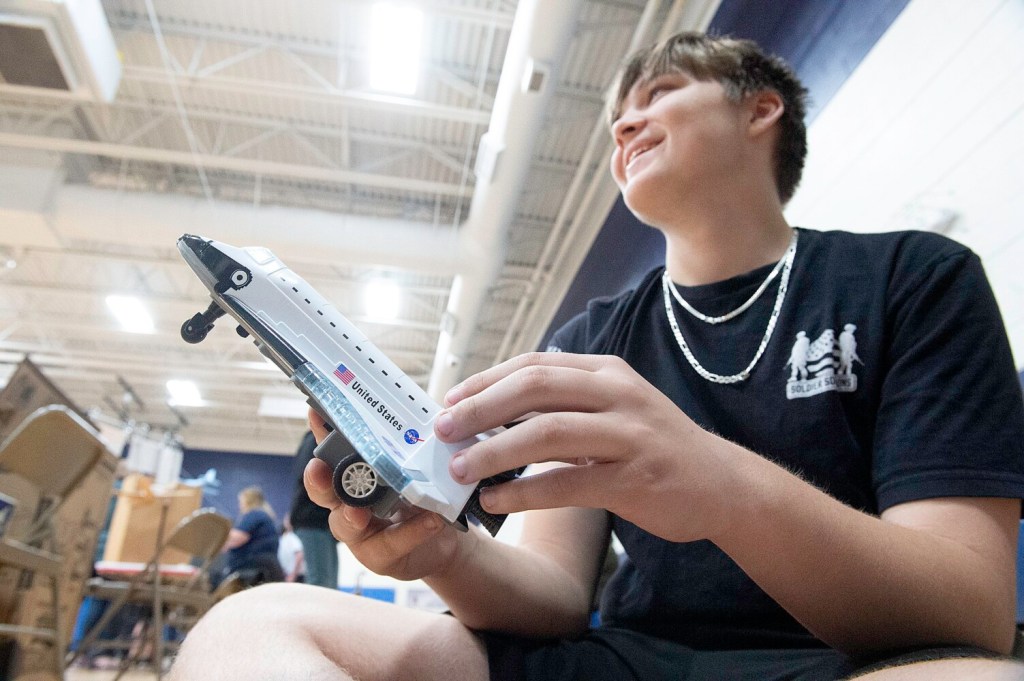
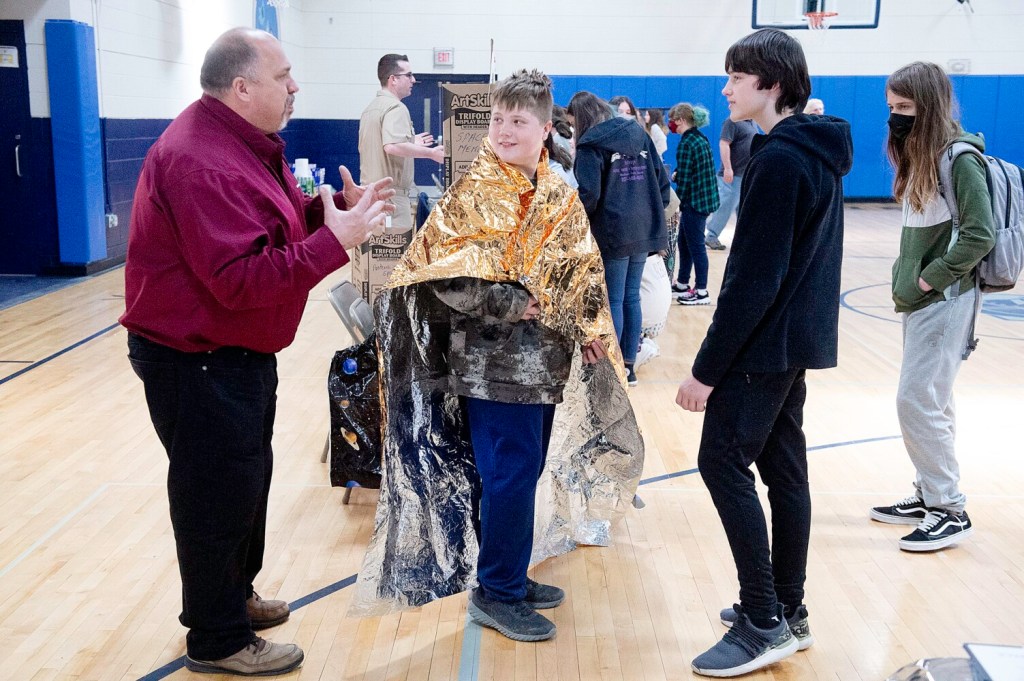
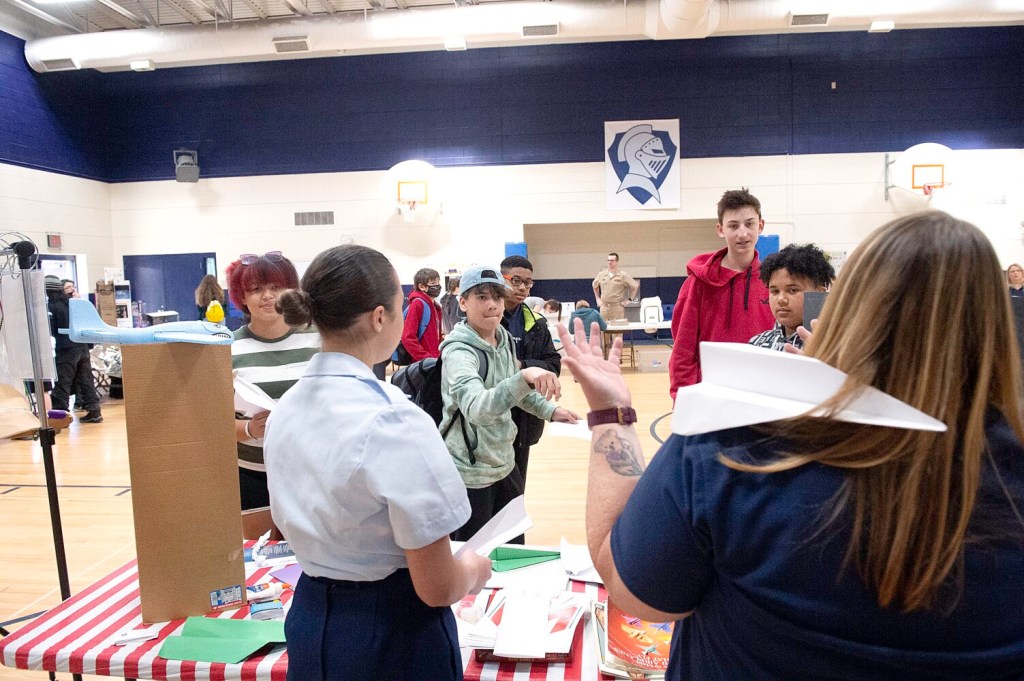
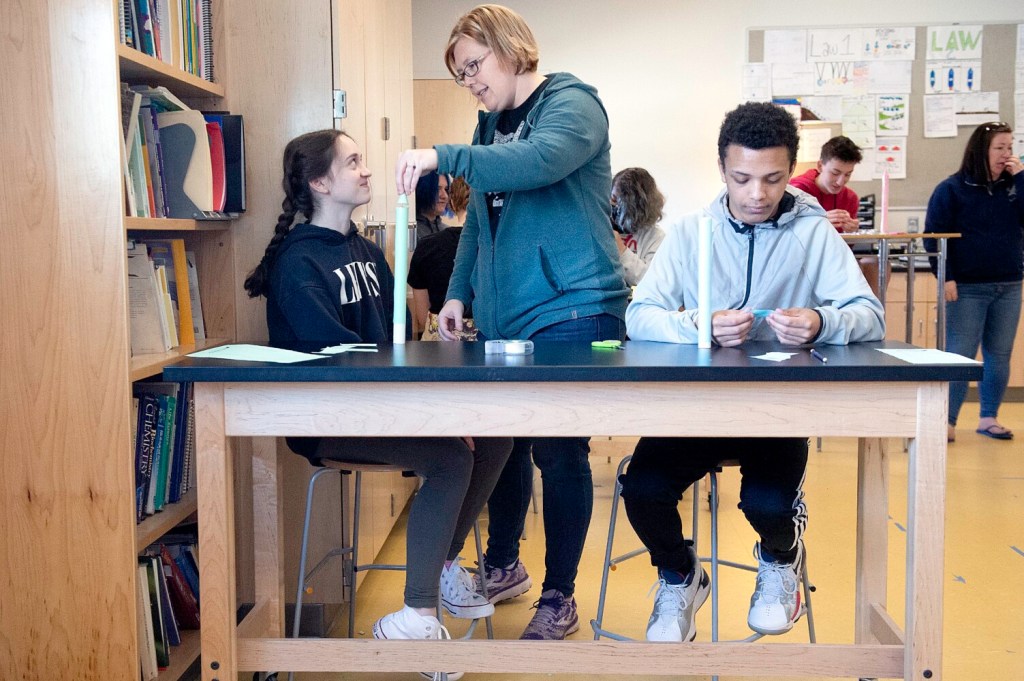
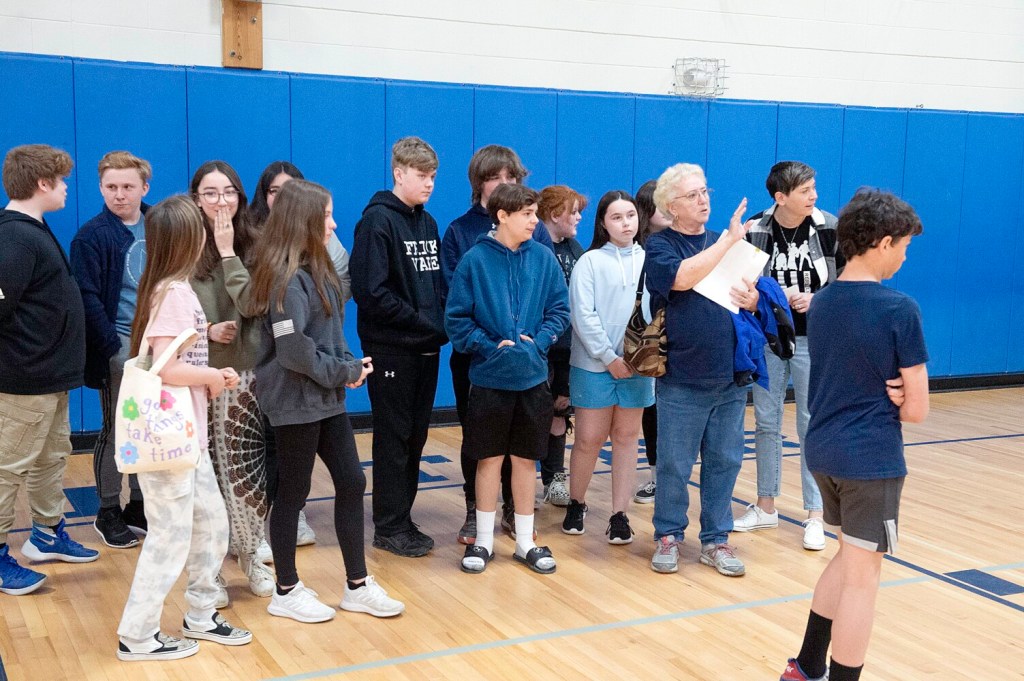
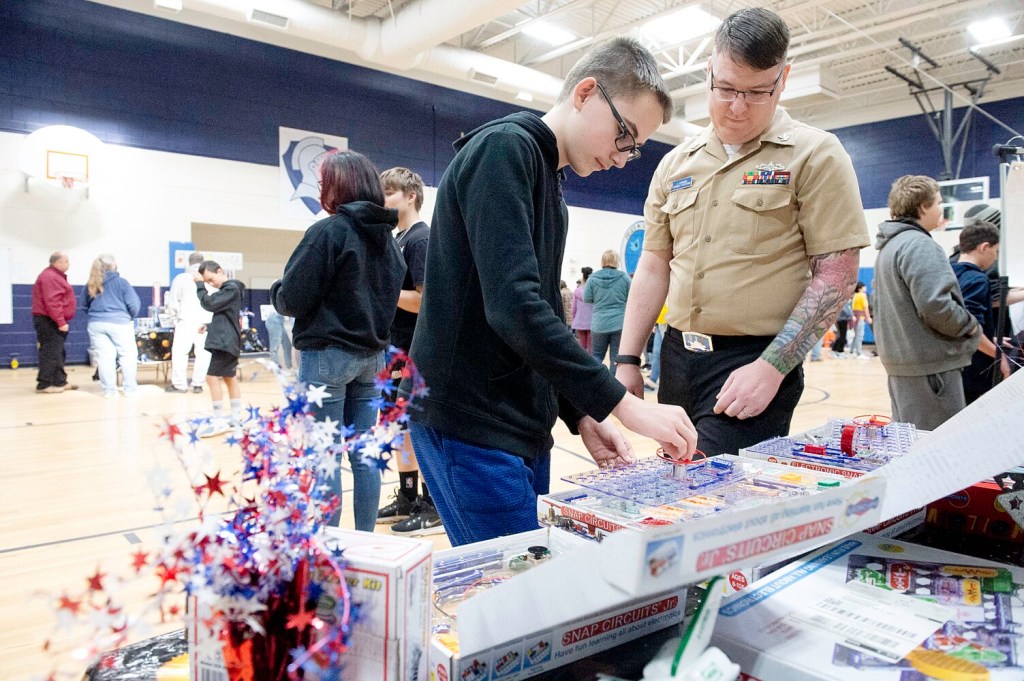
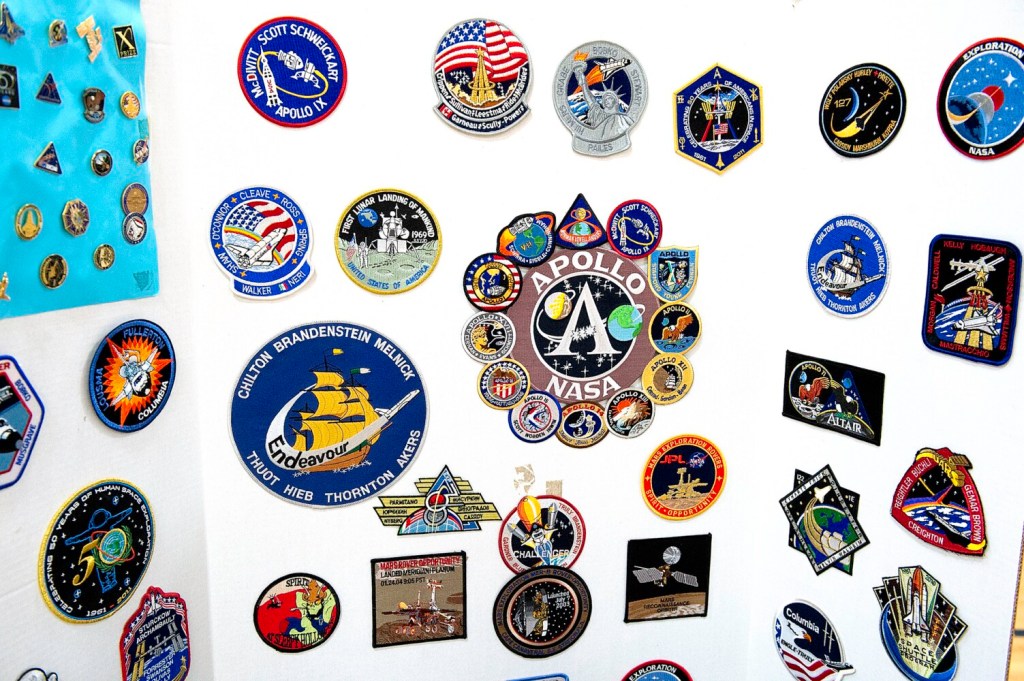
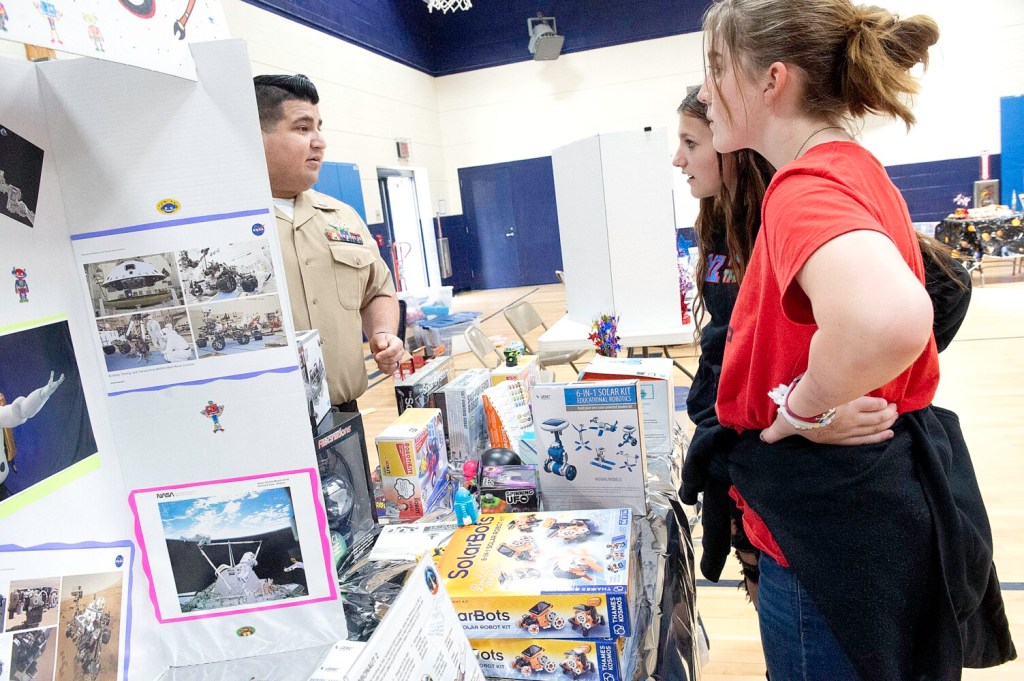
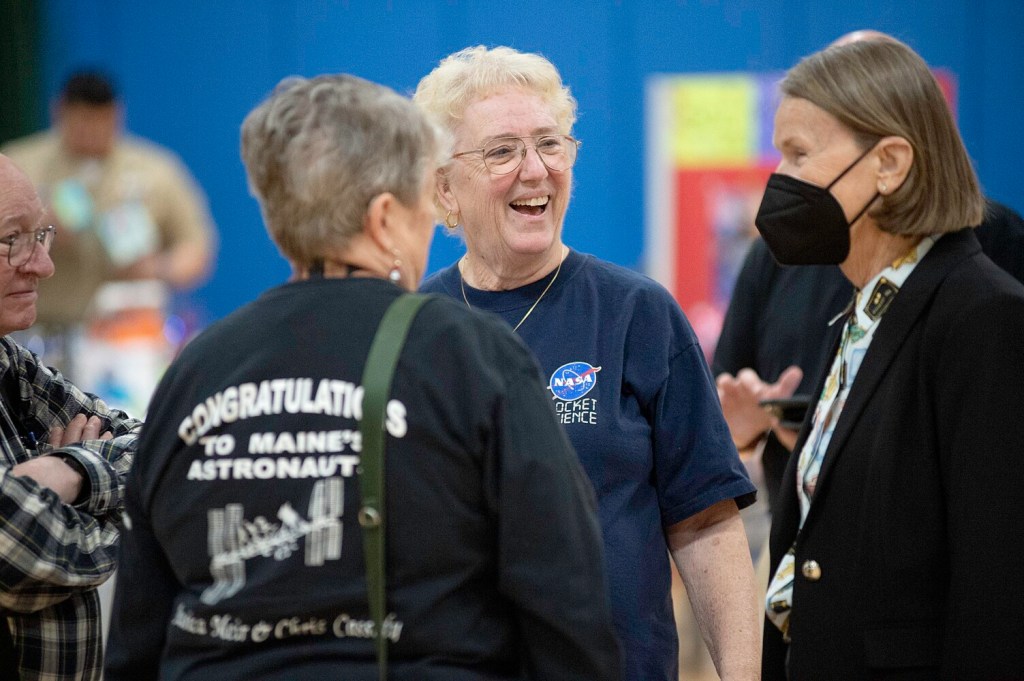
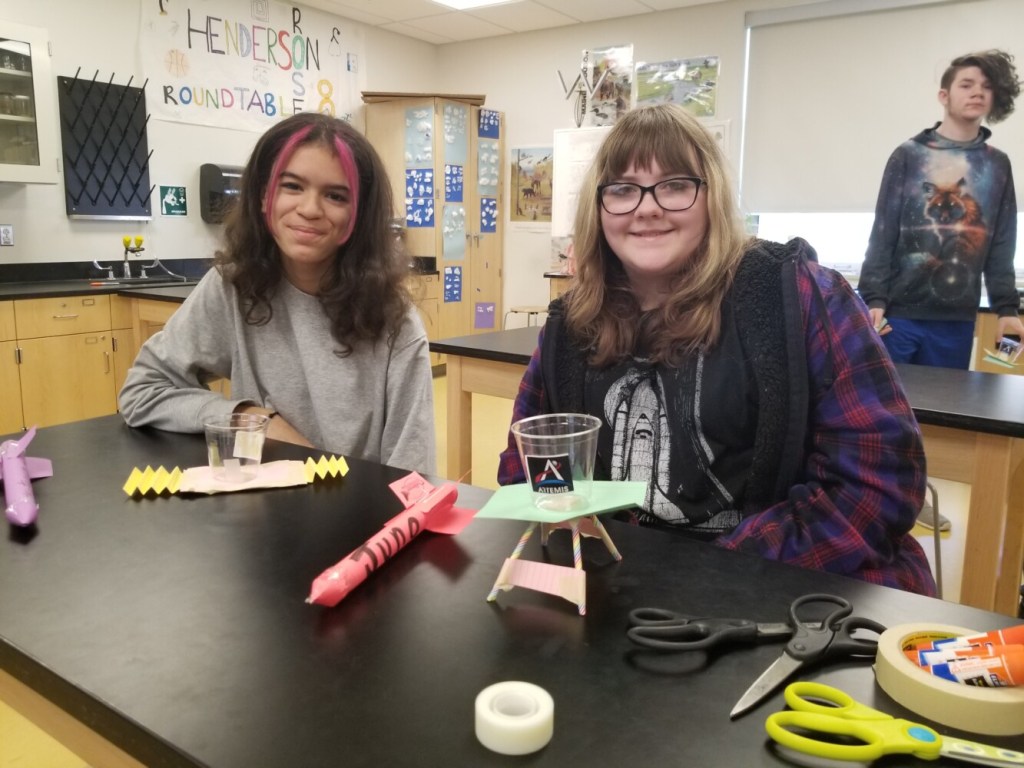

Success. Please wait for the page to reload. If the page does not reload within 5 seconds, please refresh the page.
Enter your email and password to access comments.
Hi, to comment on stories you must . This profile is in addition to your subscription and website login.
Already have a commenting profile? .
Invalid username/password.
Please check your email to confirm and complete your registration.
Only subscribers are eligible to post comments. Please subscribe or login first for digital access. Here’s why.
Use the form below to reset your password. When you've submitted your account email, we will send an email with a reset code.